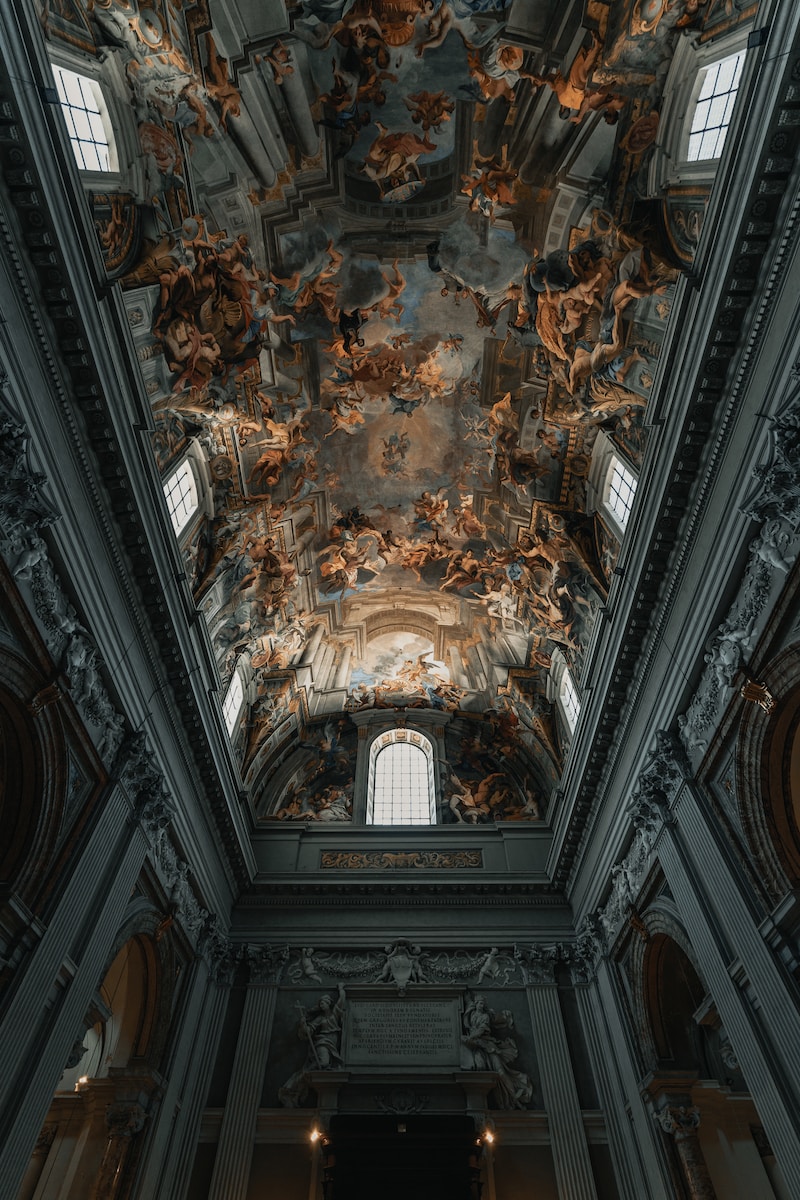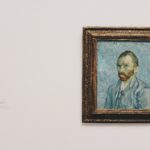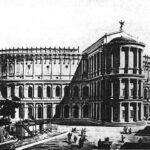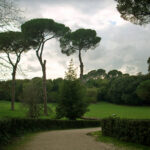Exploring the Vatican Museums: Book You Experience Now!

December 5, 2023
The Vatican Museums, located within the Vatican City in Rome, are a treasure trove of art, history, and culture. With a rich and fascinating history that spans centuries, these museums are a must-visit destination for anyone exploring Rome.
The Origins of the Vatican Museums
The roots of the Vatican Museums can be traced back to the 15th century when Pope Nicholas V initiated the construction of the new Basilica of St. Peter. The project brought together renowned architects and artists, including Bernardo Rossellino and Fra Angelico, who were tasked with designing and decorating the new basilica and the Niccoline Chapel.
In 1471, Pope Sixtus IV commissioned the construction of the Sistine Chapel, which would later become one of the most iconic and celebrated masterpieces of all time. Artists such as Sandro Botticelli and Pietro Perugino contributed to the chapel’s decorations. In 1508, Pope Julius II commissioned Michelangelo Buonarroti to repaint the ceiling of the Sistine Chapel, resulting in one of the greatest artistic achievements in human history.
The Vatican Museums were born out of the private collection of Pope Julius II, who transferred his artworks to the Octagonal Courtyard. This collection included renowned sculptures such as the Apollo Belvedere, the Laocoön and His Sons, and the Belvedere Torso. Over time, new buildings were added and connected to the existing ones, creating a vast complex of galleries and museums.
Expansion and Reorganization
Throughout the centuries, successive popes continued to expand and reorganize the Vatican Museums, adding new collections and galleries. In 1740, Pope Benedict XIV reorganized the Sacred and Profane Museums and the Cabinet of Medals. The discovery of art and archaeological treasures by Johann Joachim Winckelmann in 1756 prompted the public exhibition of the Vatican’s collections.
Under the patronage of Pope Pius VI, the Pio Clementino Museum was established, and Antonio Canova was entrusted with its organization. In 1837, Pope Gregory XVI inaugurated the Gregorian Etruscan Museum, followed by the Gregorian Egyptian Museum two years later. The Gregorian Profane Museum was founded in the Lateran Palace in 1844, and the exhibition of artworks within the Catholic Church was reorganized after 1870.
Pope Pius XI established the Missionary Ethnological Museum and inaugurated the Pinacoteca, which displayed paintings that were stolen by Napoleon and later returned after the Congress of Vienna in 1815.
The Modern Era
In the 20th century, the Vatican Museums experienced further expansion and enrichment. In 1970, ancient collections from the Lateran Palace, the Gregorian Profane Museum, and the Pio Christian Museum were transferred to the Vatican. The Collection of Modern Religious Art and the Carriage Museum were established during the pontificate of Pope Paul VI in 1973.
From 1989 to 2000, the Gregorian Egyptian Museum and the Gregorian Etruscan Museum underwent significant reorganization, and the Historical Museum was created. Today, the Vatican Museums boast one of the world’s most extensive and impressive collections, with over 70,000 exhibited objects spread across a vast area of 42,000 square meters.
Exploring the Vatican Museums
Visiting the Vatican Museums is an unforgettable experience that takes you on a captivating journey through more than twenty centuries of history and art. From the iconic Sistine Chapel to the Raphael Rooms and the Pinacoteca, there is an abundance of invaluable treasures waiting to be discovered.
The Vatican Museums offer various ways to explore their collections, catering to different preferences and time constraints. It is highly recommended to purchase your tickets in advance to skip the long queues at the entrance. You can choose from simple entrance tickets, which can be conveniently purchased online, to guided tours that provide in-depth insights into the main highlights.
Touring Options
If you have limited time, opting for a guided tour of the main galleries and the Sistine Chapel is an excellent choice. Expert guides will lead you through the Vatican’s most significant collections, providing historical context and revealing the stories behind the artworks.
For those with more time to spare, a longer tour that includes the Vatican Museums, the Sistine Chapel, and St. Peter’s Basilica is highly recommended. This comprehensive tour allows you to explore the grandeur of the museums and conclude your journey at the awe-inspiring Basilica of St. Peter.
The Vatican Museums also offer a full-day group tour that covers the main Vatican attractions, including the Museums, the Sistine Chapel, the Vatican Gardens, and the pontifical villas of Castel Gandolfo. Additionally, if you are interested in exploring the Vatican Gardens, you can choose between a guided walking tour or an open-top bus tour with an informative audio guide.
Hidden Gems and Curiosities
Within the Vatican Museums, there are also hidden gems and lesser-known areas that can be explored upon request. These include the Niccoline Chapel, the Bramante Staircase, and the Cabinet of Masks. These exclusive visits, accompanied by a private guide, offer a unique opportunity to delve deeper into the Vatican’s rich cultural heritage.
Furthermore, from April to October, the Vatican Museums open their doors on Friday evenings after 7:00 PM. Taking advantage of this special occasion, you can request a Private Evening Visit to the Vatican Museums, allowing you to explore the collections in a more intimate and atmospheric setting.
Nearby Attractions
Just a short walk from the Vatican Museums lies another significant attraction, St. Peter’s Basilica. This majestic basilica, located within a necropolis dating back to the 1st century, is the most important religious temple in Catholicism. It is named after Saint Peter, the first pope in the history of the Catholic Church, whose remains are believed to be buried within the basilica.
St. Peter’s Basilica is an architectural marvel, boasting the work of renowned artists such as Maderno, who designed the facade, Michelangelo, who crafted the renowned dome, and Bernini, who created the magnificent square. A visit to the Vatican Museums is incomplete without exploring the grandeur of St. Peter’s Basilica.






